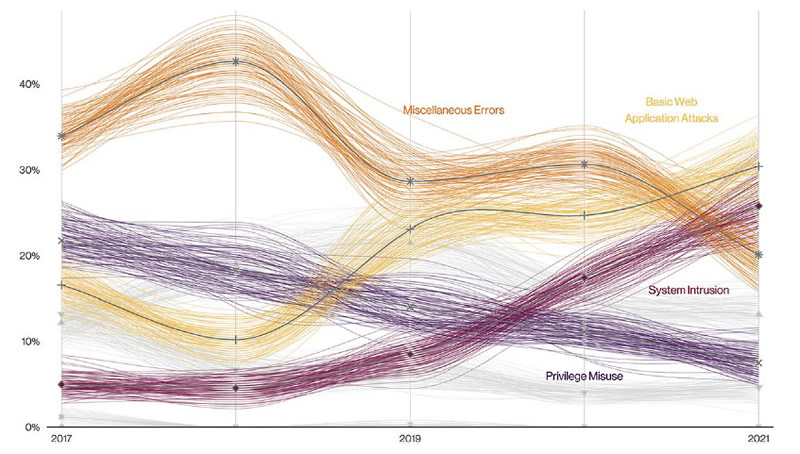Five vulnerabilities that require immediate patching have been identified in the Illumina Local Run Manager (LRM), which is used by Illumina In Vitro Diagnostic (IVD) devices and Illumina Researcher Use Only (ROU) instruments. The affected devices are used for clinical diagnostic DNA sequencing and testing for various genetic conditions, and for research use. Four of the vulnerabilities are critical, with three having a maximum CVSS severity score of 10 out of 10.
The vulnerabilities affect the following devices and instruments:
Illumina IVD Devices
- NextSeq 550Dx: LRM Versions 1.3 to 3.1
- MiSeq Dx: LRM Versions 1.3 to 3.1
Illumina ROU Devices
- NextSeq 500 Instrument: LRM Versions 1.3 to 3.1
- NextSeq 550 Instrument: LRM Versions 1.3 to 3.1
- MiSeq Instrument: LRM Versions 1.3 to 3.1
- iSeq 100 Instrument: LRM Versions 1.3 to 3.1
- MiniSeq Instrument: LRM Versions 1.3 to 3.1
A threat actor could exploit the vulnerabilities remotely, take control of the instruments, and perform any action at the operating system level such as modifying the settings, configurations, software, or data on the instrument. It would also be possible to exploit the vulnerabilities to interact with the connected network through the affected product.
The vulnerabilities are:
- CVE-2022-1517 – A remote code execution vulnerability due to the LRM utilizing elevated privileges, which would allow a malicious actor to upload and execute code at the operating system level. The vulnerability has a CVSS v3 severity score of 10 (critical)
- CVE-2022-1518 – A directory traversal vulnerability that allows a malicious actor to upload outside the intended directory structure. The vulnerability has a CVSS v3 severity score of 10 (critical)
- CVE-2022-1519 – The failure to restrict uploads of dangerous file types. A malicious actor could upload any file type, including executable code that allows for a remote code exploit. The vulnerability has a CVSS v3 severity score of 10 (critical)
- CVE-2022-1521 – A lack of authentication or authorization in the default configuration, which would allow a malicious actor to inject, replay, modify, and/or intercept sensitive data. The vulnerability has a CVSS y3 severity score of 9.1 (critical)
- CVE-2022-1524 – A lack of TLS encryption for the transmission of sensitive information, putting information – including credentials – at risk of interception in a man-in-the-middle attack. The vulnerability has a CVSS v3 severity score of 7.4 (high severity)
The vulnerabilities were reported to Illumina by Pentest, Ltd. Illumina has developed a software patch that will prevent the vulnerabilities from being exploited remotely as an interim fix while a permanent solution is developed for current and future instruments.
The U.S. Food and Drug Administration and the Cybersecurity and Infrastructure Security Agency (CISA) have issued security alerts urging immediate action to be taken to address the vulnerabilities.
The patch for Internet-connected instruments is available here. If the instruments are not connected to the Internet, users should contact Illumina Tech Support.
The post Healthcare Organizations Warned About Maximum Severity Vulnerabilities in Illumina Devices appeared first on HIPAA Journal.
